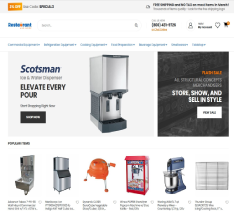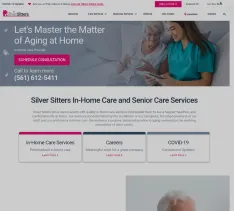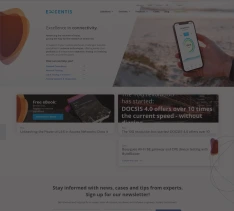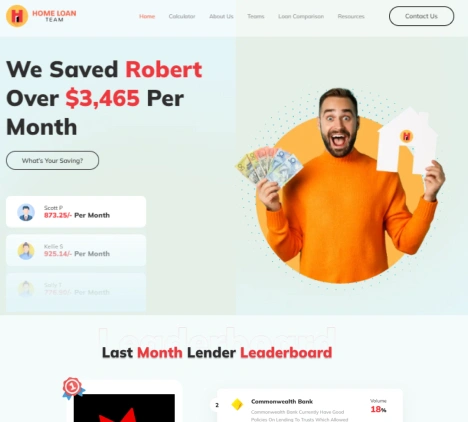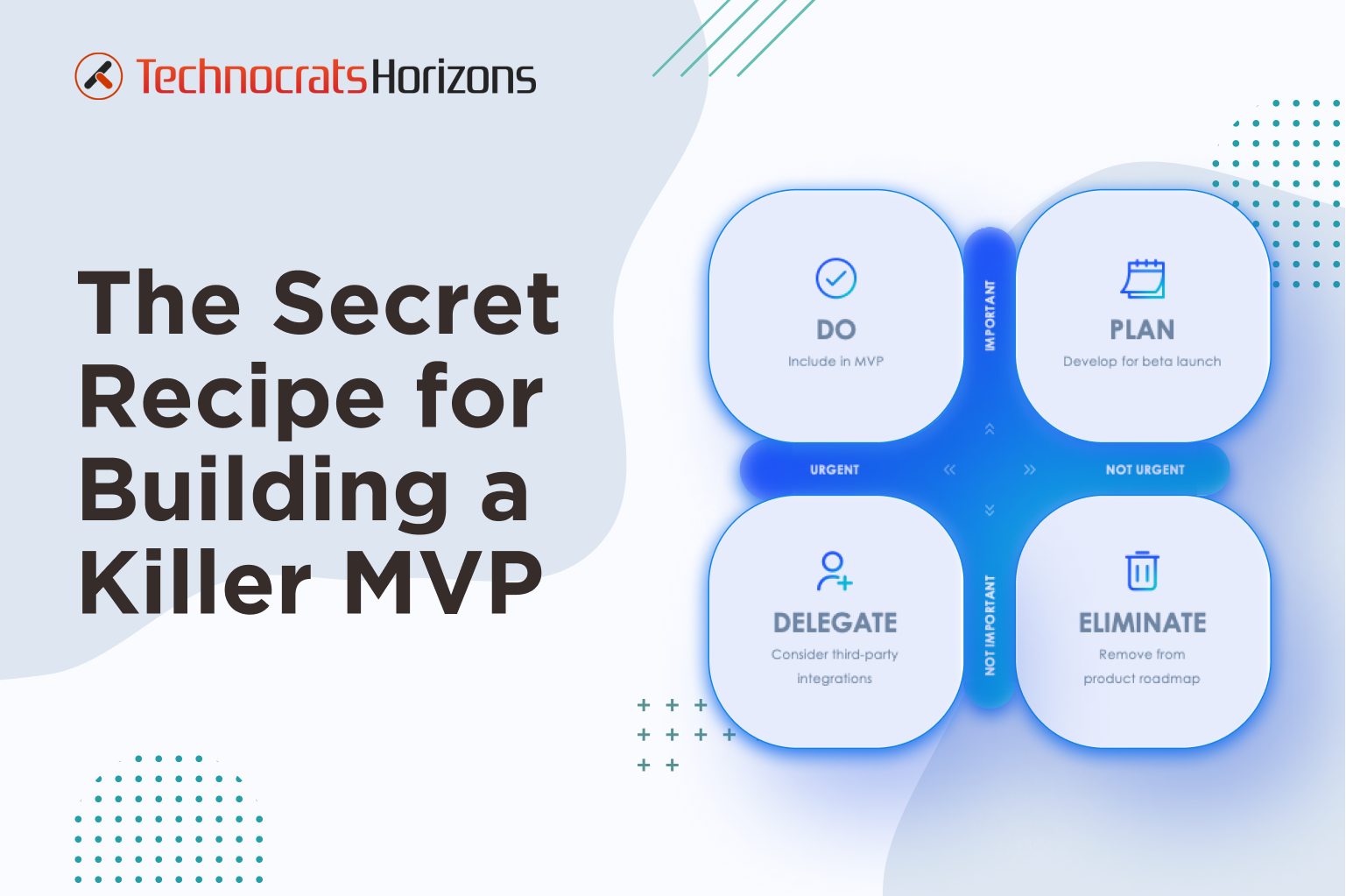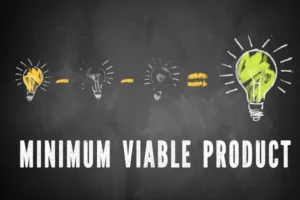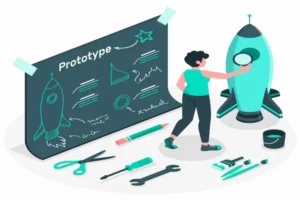Starting a new business can be both exciting and overwhelming for most startup founders. Even with a great concept, a solid business plan, and a skilled team, how can you build a product that stands out in the global market? The answer is you need MVP development services to test out your idea.
The minimum viable product, or MVP, is a concise summary of your product that contains only those components that are enough for market testing. You can save considerable resources, time, and money by commencing the product development process with an MVP.
According to a study, 20% of startups fail to keep up with the competition and quickly dissolve. To avoid these circumstances what should you do?
This blog post will guide you on how to build a viable MVP, along with some examples of the real-world success of MVP development services for startups. It will help you understand how building an MVP can be crucial for your product enhancement and future success.
What is an MVP?
An MVP, or a minimum viable product, is a genesis point or the test version of your product.
The phrase “minimum viable product” was first coined in 2001. Frank Robinson, CEO of SyncDev, along with entrepreneurs Steve Blank and Eric Ries, came up with this term while they were working on customer development and validation. The MVP model is the ideal way to test how the market responds to the proposed product. Eric Ries defined MVP as a new product that allows a team to test the customers with the least effort.
The minimum viable product development model helps reduce costs and time associated with launching products while allowing for learning and optimization during the development phase. By using this approach you can strike a balance between meeting your audience’s needs and refining your product.
In MVP development services for startups, adding value for your customers and solving their problems are core principles. An MVP is the version of your product that includes features to spark interest and gather feedback from early users.
Benefits of MVP for Startups
The MVP strategy is widely used and has demonstrated its effectiveness over time. Have a look at the biggest advantages of MVP development services for startups:
Validate a Fresh Idea
When testing a concept, it’s challenging to predict market reception despite conducting thorough research. However, MVP development services can offer insights and valuable feedback on your idea’s viability and relevance in real-world scenarios.
Low-Risk Investment
Launching an MVP requires time and financial investment. When it comes to MVP development services, focus on core functionalities to create a prototype that can be swiftly tested. If the product doesn’t resonate at the MVP stage the remaining resources can be allocated to refining the MVP for prospects of success.
Save Costs
Minimum viable product development is more budget-friendly than developing a full-scale product since it requires fewer features. The agile and efficient development enables you to make changes faster and at lower costs compared to a full-fledged product.
Build Credibility With Investors
Having an MVP is tangible and promising, making it easier to convince the investors of your idea’s potential. The more successful the MVP, the better the chances of gaining investor attention.
You’ve come to the right place if you’re an entrepreneur or startup owner looking to break into this brutally competitive industry. To produce a product that organically appeals to your target users, we’ll help you through each step of developing an MVP. Let’s move forward!
Want to Test Your Startup Idea? Let's Discuss Now!!
Step-By-Step Guide On Minimum Viable Product Development
What is the best way for minimum viable product development? Don’t hire the MVP development company right away.
There are many factors to consider before proceeding with MVP development services for startups. In the following part, we will give a thorough description of how to build a minimum viable product effectively.
Step 1. Identify Your Target Audience
You must first identify your target market before you can begin with MVP development services. Who are your future potential customers? What are their needs and troubles? Conduct market research to comprehend the tastes, habits, and challenges of your target audience.
If you have a more thorough understanding of who your target clients are and what problems you want to solve, then you can build a product that addresses the issues of your target market effectively. Once you have a good grasp of your target demographics, you can develop a consumer persona, which is a fictional depiction of your ideal customer. The customer persona should contain details about their interests, behaviors, and demographics that are relevant to your product.
Step 2. Identify the Core Features
What product features are necessary to draw in your target audience now that you are aware of your target audience? Keep in mind that an MVP should only contain the vital aspects that serve the demands of your intended audience. Developing, testing, and implementing these functionalities is quite straightforward.
Make a list of all the potential features your product might have before deciding on the core features. After that, order the features according to how important they are to your target market. To assist you with this process, you can use dynamic tools like a product roadmap or a feature prioritization matrix. The best way is to hire an experienced MVP development company.
Step 3. Develop a Prototype
It’s time to create a prototype now that you have all the necessary data. Since the prototype is a reflection of the finished product you want to create, it should be engaging and user-friendly and should not fall short of quality standards under any circumstances. Concentrate on the key elements that will satisfy your users’ needs as soon as possible.
The complexity of your product determines the best technique to build a prototype. For instance, you can design a simple user interface using wireframing software like Balsamiq or Sketch if you’re focusing on minimum viable product development for software. Alternatively, you can create a functional prototype without writing any code by using a no-code platform like Bubble or Webflow.
Step 4. Test Your MVP with Early Adopters
It’s time to test the results of your MVP development services with early adopters after developing the prototype. Customers who are willing to test new items and provide feedback are known as early adopters.
You may reach out to your connections, use social media, or go to industry events to find early adopters. Provide your MVP to these potential early adopters once you’ve identified them to get their feedback. With the aid of this feedback, you can improve your final product with the help of your MVP development company.
Step 5. Iterate and Improve
It’s time to modify and improve your MVP based on the early adopters’ feedback. It will help you to improve your product by identifying and removing bugs. You will also be able to add new features and remove outdated ones.
Since iterating is a constant process, you should keep testing and refining your MVP until you have a solution that fits the demands of your target market. This is a crucial step for MVP development services for startups since their scope of margins is very small.
Step 6. Launch Your MVP
It’s time to launch your MVP after you’re certain that it’s ready. Your MVP can be launched in various ways, based on your product and target market.
Kickstarter and Indiegogo are crowdfunding portals where you can launch your MVP to raise money and create a buzz about your product. As an alternative, you can release your MVP on a marketplace like Amazon or Etsy to reach a larger audience. Choose an MVP development company with a record of successful MVP launches.
Step 7. Measure and Analyze Your MVP’s Performance
It’s crucial to gauge and evaluate the performance of MVP development services for startups after its launch. Tools like Google Analytics or Mixpanel help you monitor the number of visitors, how frequently they’re visiting, the exact point they’re losing interest, and which features are most popular.
This way you can find areas for improvement by using the data you gather from your customers. MVP development services for startups require continuous improvement and analysis to help you launch a successful product.
Want Success-Oriented MVP Development Services? Let's Discuss Now!!
Tips For MVP Development
Minimum viable product development depends on your needs, goals, and budget. However, these should not be the only criteria. Here are some tips for you to get the best out of MVP development services:
- Validate your idea before going for MVP development. You can product discovery through extensive market research to ensure you’re investing in the right idea.
- Analyze your competitors. this will help in deciding what to do and what not to do. Most importantly, it will help you differentiate yourself.
- Go for only core features in the beginning. Building high-end features for MVP development can lead to a significant rise in costs.
- Choose an MVP development company that follows agile methodologies for more efficient and speedier development.
- Always plan for future scaling. Adapting a modular architecture will help you scale independent components of your solution.
MVP Real-life Success Examples
An MVP is a foundation for some of the most prosperous businesses in history. Here are a few examples of minimum viable product development success cases:
Dropbox
It began as a basic file-sharing service for users to exchange files with others. Although its MVP had limited features, it served its purpose in testing the market and confirming the viability of the business concept by using just a landing page. According to CNBC, Dropbox is dominating the cloud storage market, boasting more than 700 million registered users.
Uber
Uber’s MVP consisted of a simple app that facilitated the connection between drivers and riders. Despite its limited capabilities, the app-enabled market testing and the collection of feedback from early adopters. Uber is valued at $65.78 Billion and is currently one of the world’s largest ride-sharing companies.
Airbnb
Airbnb’s MVP was a straightforward website that allowed individuals to lease their spare rooms to travelers. They launched the MVP with limited features and it was enough to validate their business idea. With over 7 million listings worldwide, Airbnb is one of the market leaders when it comes to the hospitality industry.
Conclusion
Building an MVP requires continuous testing, improvement, and refining. By making this significant decision, you can validate your idea, obtain customer feedback, and evolve until you have a solution that meets the needs of your target customers.
You can build a successful startup and add value for your customers by taking this extra but crucial step. But how to choose your MVP development process?
At Technocrats, we have extensive experience in delivering MVP development services for startups looking for a kickstart. Our skilled managers and developers, as well as our years of specialized experience in developing MVPs, are one of the many reasons why you should choose our MVP development company.
Turn your ideas into a scalable reality! We are eager to talk about your ideas and build something incredible out of them. Reach out to us for expert consultation.
Looking to Launch Your Startup in Right Direction? Let's Begin!!
Validate your idea with an MVP!
Let us guide you on how to develop a minimum viable product effectively and set you up for sure success.


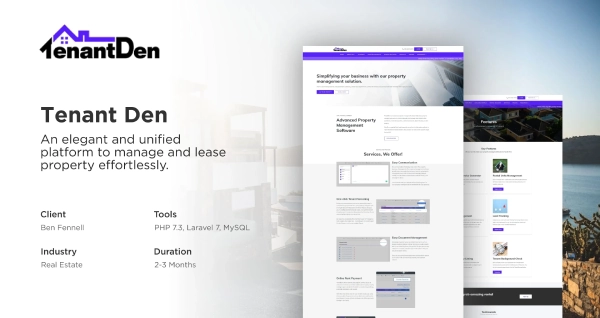
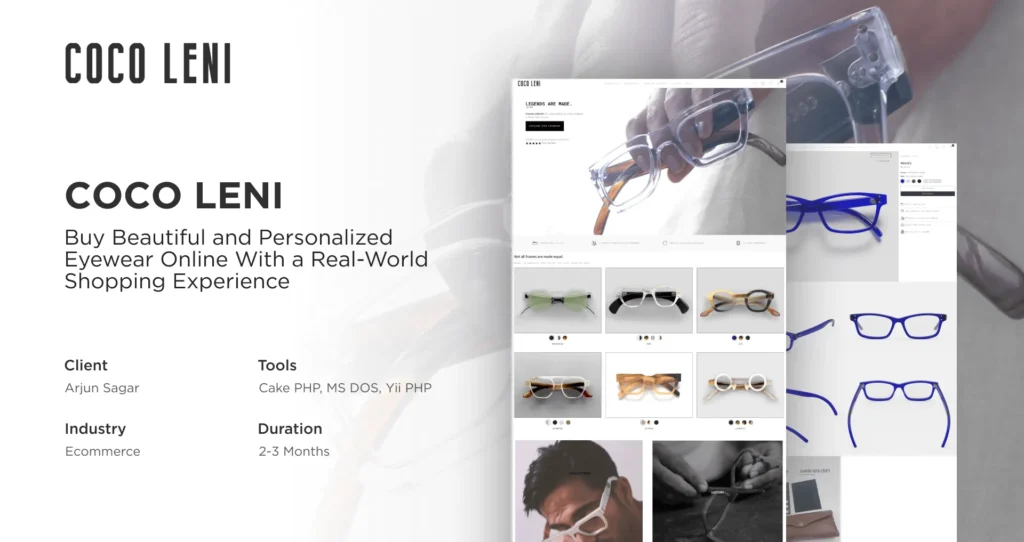
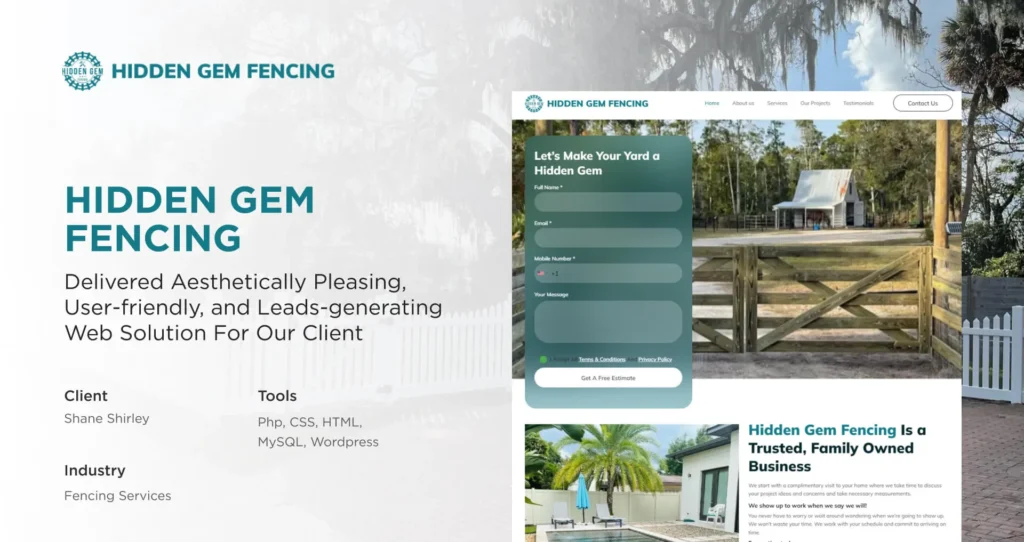
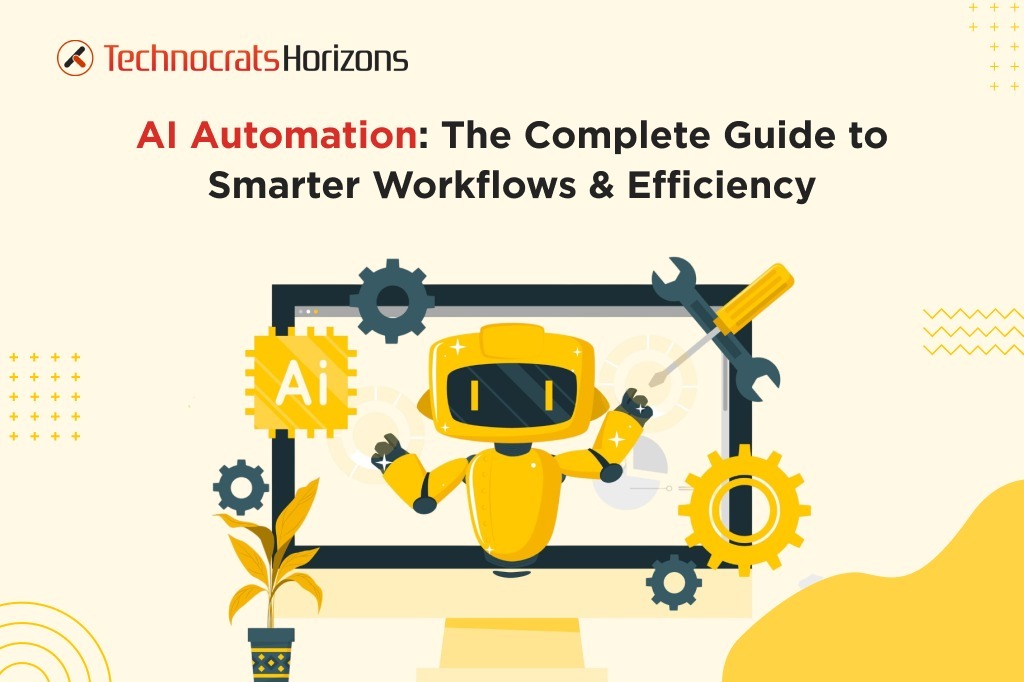


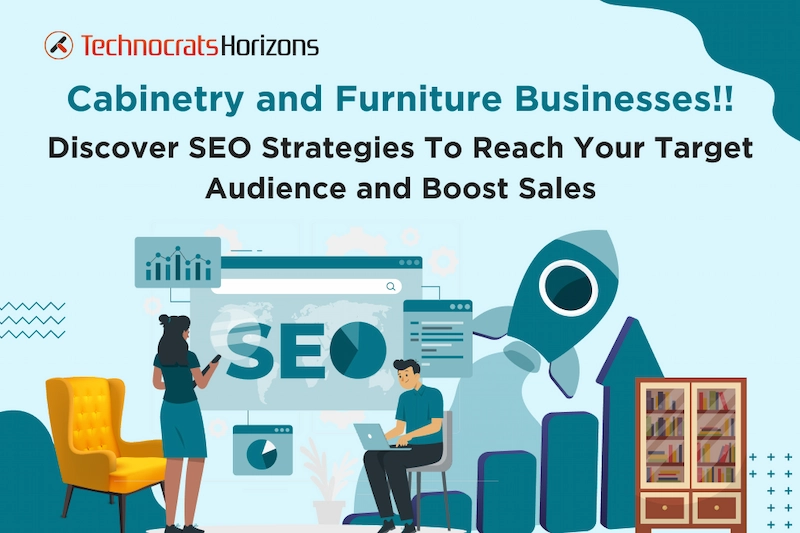
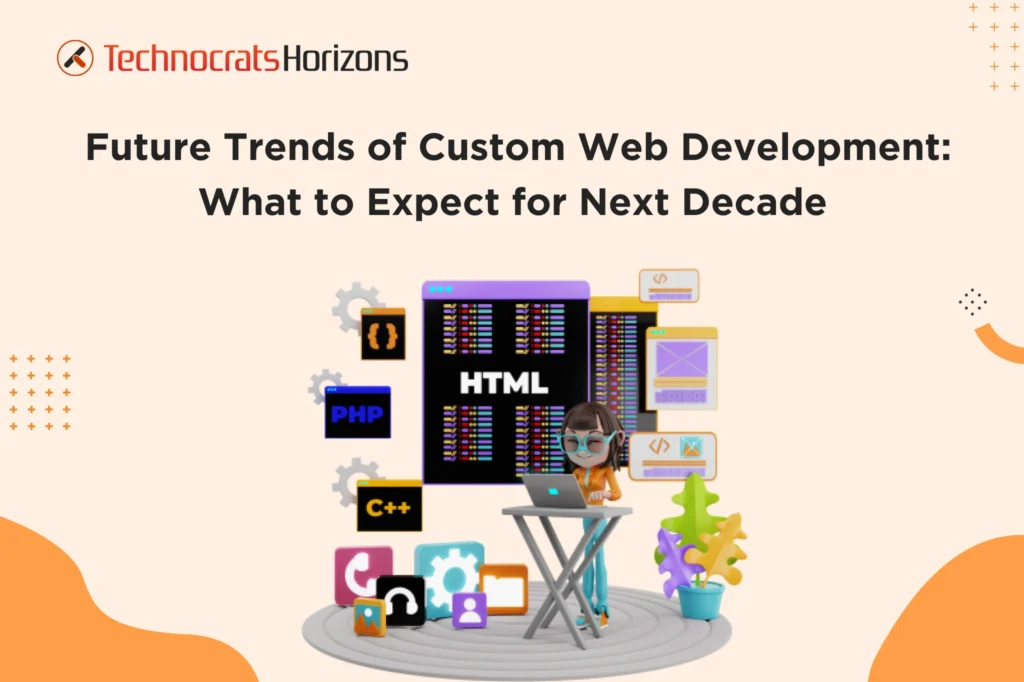
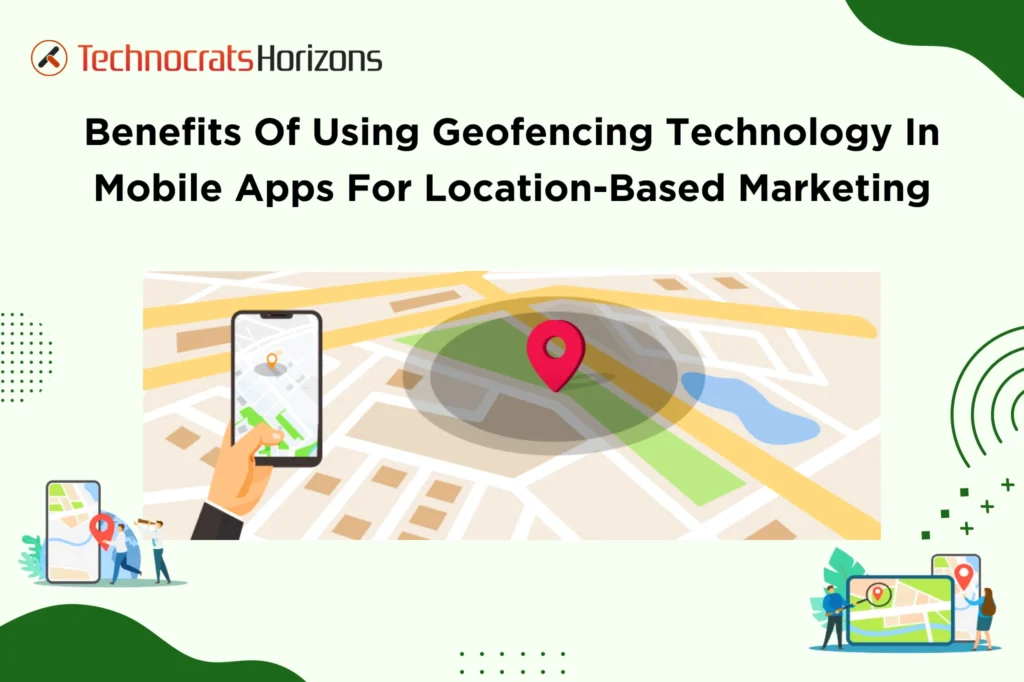
 Request a
Request a













